To set the stage, here are concise explanations for two important terms in tooth terminology.
.svg)
.svg)
.svg)
.svg)
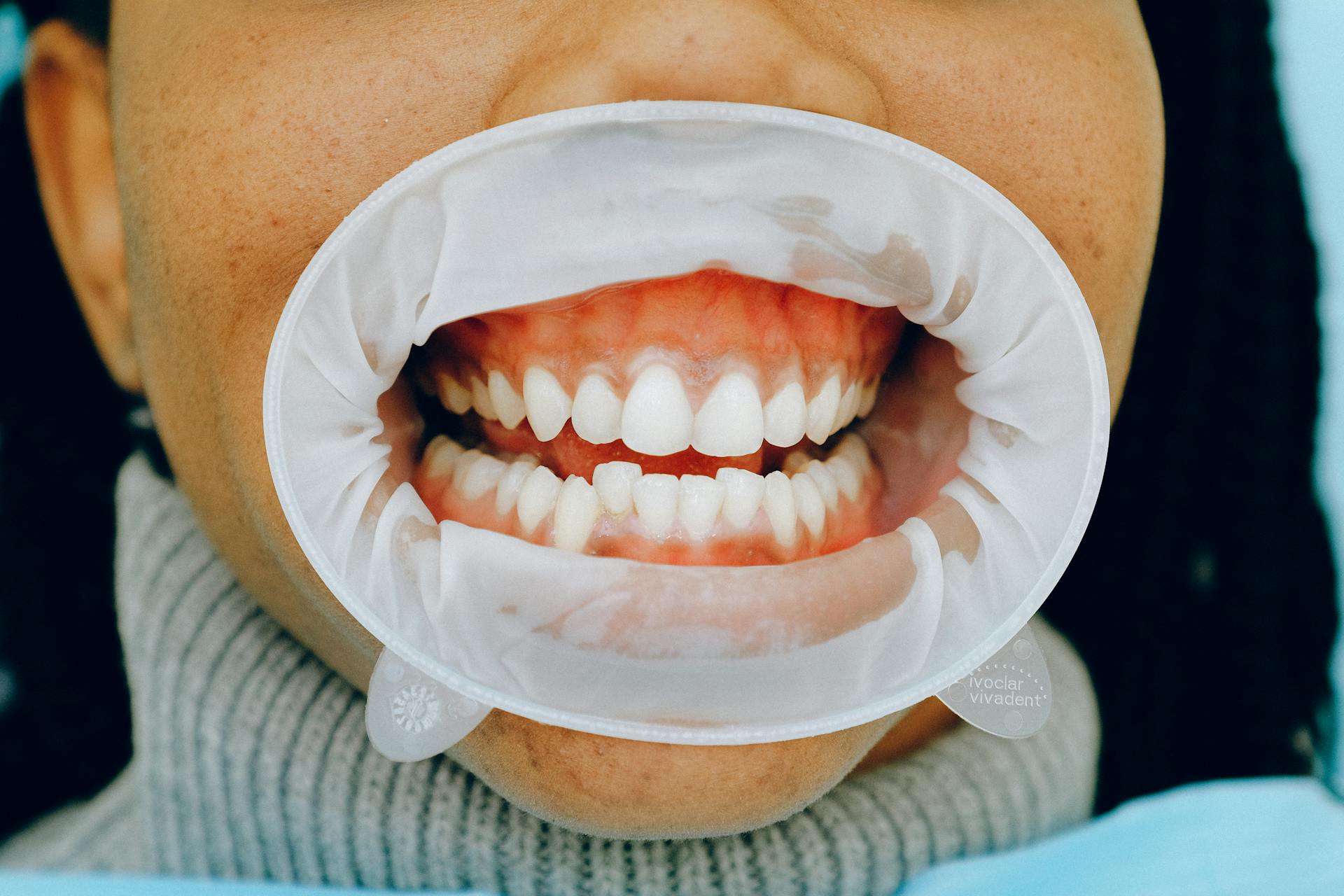
Receding Gums in Singapore: Prevention, Treatment and Care
Receding gums is a dental condition where the margin of the gum tissue surrounding the teeth wears away, or pulls back, exposing more of the tooth or the tooth's root. Symptoms include tooth sensitivity and visible gum changes: left untreated, receding gums can worsen and eventually lead to tooth loss. Thankfully, the condition can be treated and managed easily in Singapore. Read on to discover ways to tackle gum recession.
How Common is Receding Gums in Singapore?
- Receding gums affect many Singaporeans, especially as they age. According to a 2016 survey, 3 out of 10 Singaporeans aged 60 and above have lost all of their teeth due to long-term dental neglect and severe dental diseases.
-
Ready to tackle receding gums and regain your dental health? Our team at Nuffield Dental is here to guide you through every step of the way.
How Common is Receding Gums in Singapore?
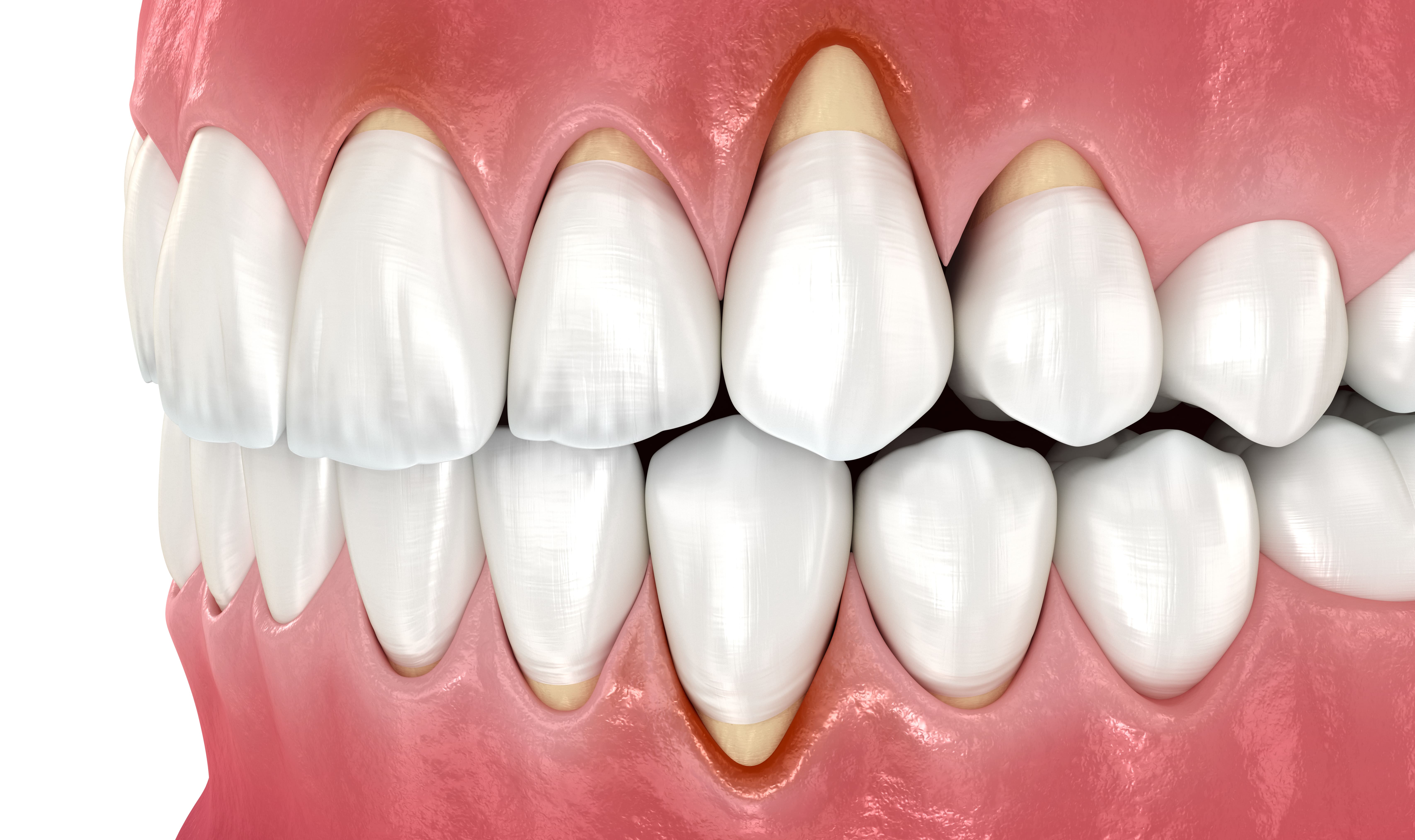
How Does Receding Gums Cause Tooth Decay?
Periodontitis
- Periodontitis is a severe infection of the gums that goes beyond simple gum inflammation.
- It damages the soft tissue of the gums and, if untreated, can destroy the jawbone that supports your teeth.
- This condition can lead to teeth loosening or even tooth loss. Periodontitis requires immediate attention and can necessitate surgical treatments to restore gum health and prevent further damage.
Periodontitis
.jpg)
Cementum
- Cementum is a specialised calcified substance covering the root of a tooth.
- It plays a crucial role in oral health by providing a medium for the attachment of the periodontal ligament, which helps anchor the tooth within the jawbone.
- Unlike the hard, protective enamel that covers the crown of a tooth, cementum is softer and more vulnerable to decay, especially when exposed due to gum recession.
1. Gum Recession Exposes Tooth Roots: Normally, gums cover and protect the base of the teeth, including the roots. When gums recede, more of the tooth root becomes exposed and vulnerable.
2. Exposed Roots Lack Enamel Protection: The crown of the tooth (the part above the gum line) is covered by enamel, which is the hardest tissue in the body and serves as the primary defence against decay. However, the roots do not have this protective enamel layer. Instead, they are covered by cementum, which is softer.
3. Cementum Is More Prone to Decay: Since cementum is not as hard as enamel, it's more susceptible to erosion and decay caused by bacterial plaque and acids in the mouth. This makes root surfaces exposed by gum recession particularly vulnerable to cavities and tooth decay.
4. Decay Risk: The absence of the gum's protective barrier also means bacteria can more easily settle and produce acids that cause decay..
Cementum
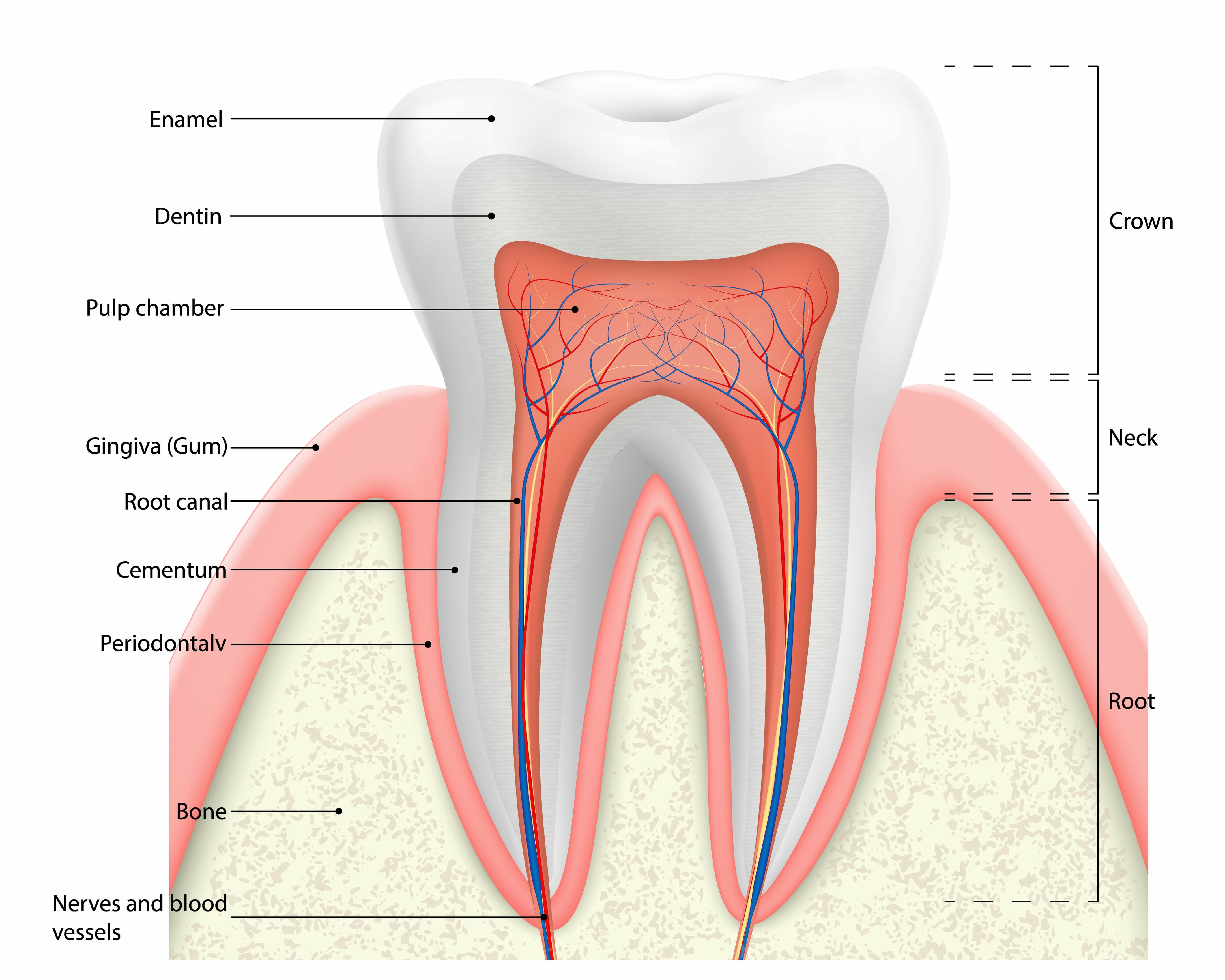
Stages of Gum Recession
1. Early Stage
Minor gum line recession, slight sensitivity noticed. Minimal exposure of the tooth root.
3. Advanced Stage
Significant recession, exposing much of the tooth roo
2. Moderate Stage
Increased gum recession, noticeable tooth root exposure. Increased sensitivity, especially to temperature changes.
4. Severe Stage
Extensive gum tissue loss, very exposed tooth roots, potential for tooth loss.
Each stage of gum recession poses increasing risks to oral health and requires progressively more intensive treatment approaches. Early detection and intervention are crucial in managing the condition effectively. Contact Nuffield Dental for an appointment today!
Receding Gums Treatments
Gum treatments can be divided into two main categories: surgical and non-surgical.
Surgical Treatments
These surgical interventions are designed to combat gum recession and periodontitis, restoring health and aesthetics to your smile.
1. Pinhole Gum Rejuvenation (Pinhole Surgical Technique, PST)
A minimally invasive procedure where a small pinhole is made to adjust the gum line, pinhole gum rejuvenation offers quick recovery and immediate aesthetic improvements without sutures or scalpels. It's ideal for patients without active gum disease and boasts a high success rate.
1. Pinhole Gum Rejuvenation (Pinhole Surgical Technique, PST)

2. Gum Graft Surgery
Gum graft surgery for severe gum recession, involving tissue transplantation to cover exposed roots, provides a durable solution and is ideal for significant recession, with a high success rate for root coverage and aesthetic improvement.
2. Gum Graft Surgery
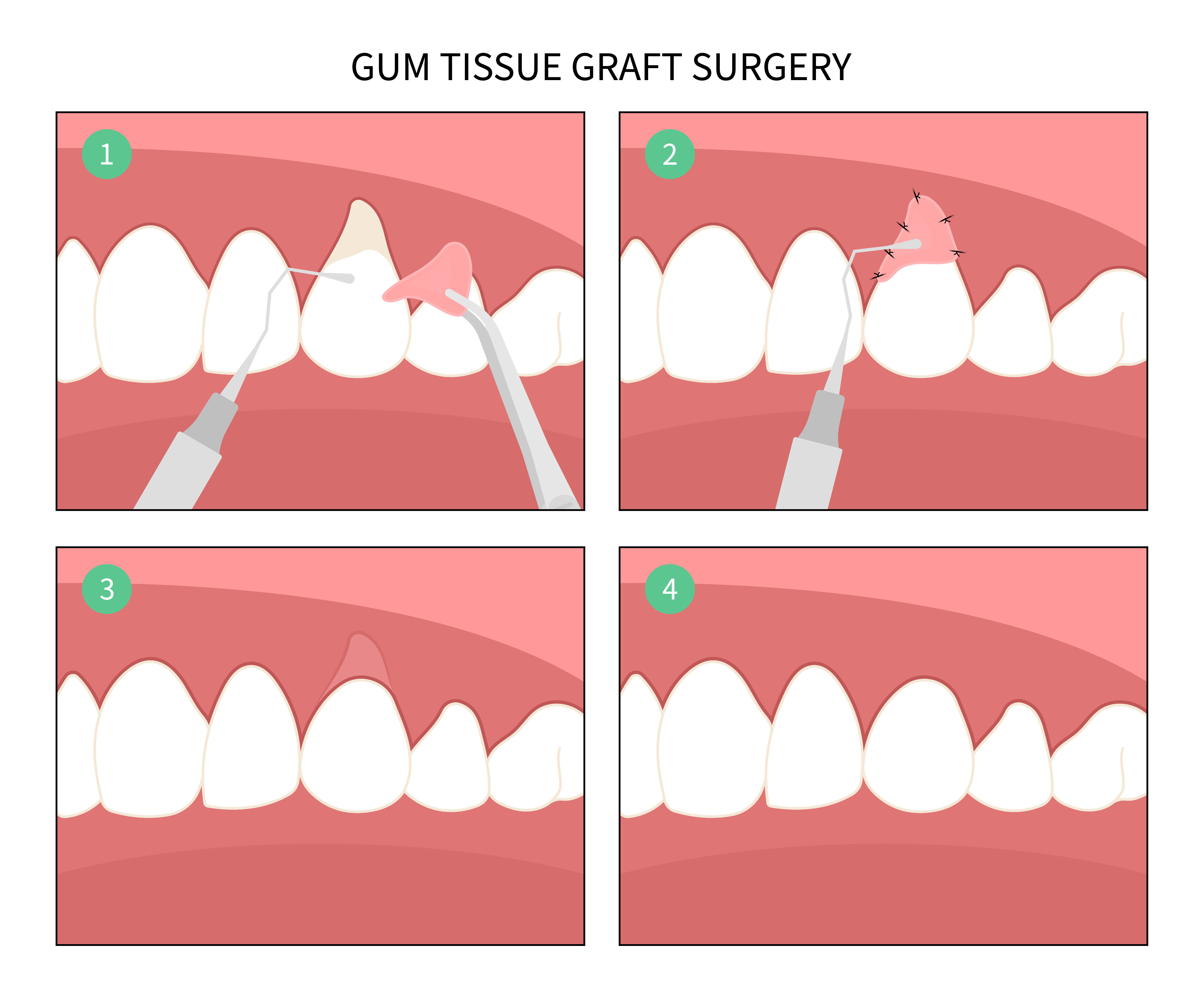
Non-Surgical Treatments
Less invasive treatments effectively address early to moderate gum recession.
1. LANAP Treatment
A laser-based intervention for periodontitis that eradicates diseased tissue while conserving healthy gums. LANAP treatment is less painful than conventional methods, promoting gum regeneration with less downtime and effective in reducing gum pocket depth.
1. LANAP Treatment
.jpg)
2. Orthodontics
Utilises braces or clear aligners to realign teeth, distributing forces evenly to mitigate gum recession. While not a direct treatment, it aids in oral hygiene management and can prevent the worsening of gum recession with varied treatment durations aimed at long-term dental stability.
2. Orthodontics
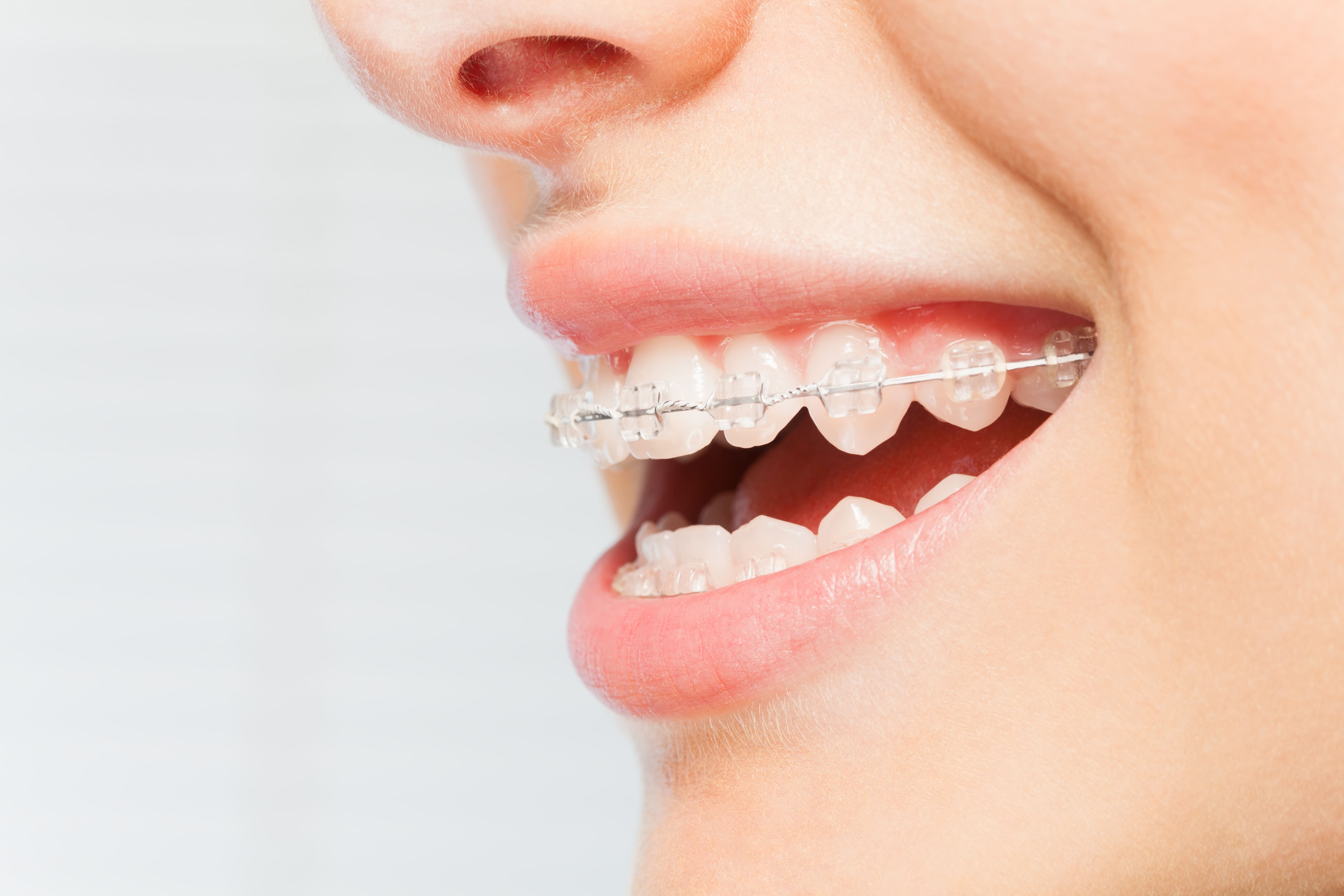
3. Open Flap Scaling and Root Planing
A deep-cleaning method focusing on removing plaque and tartar under the gum line and on tooth roots, aimed at reducing inflammation and infection risks. It results in improved gum health and stability with a quick recovery period.
3. Open Flap Scaling and Root Planing
.%20Medically%20accurate%203D%20illustration%20of%20human%20teeth%20treatment.jpeg)
4. Dental Bonding and Dental Restoration
Employs composite resin to cover exposed tooth roots, lessening sensitivity and enhancing the smile's appearance with minimal preparation. The procedure is swift, offering immediate relief and cosmetic benefits as a non-invasive alternative to gum surgery.
4. Dental Bonding and Dental Restoration
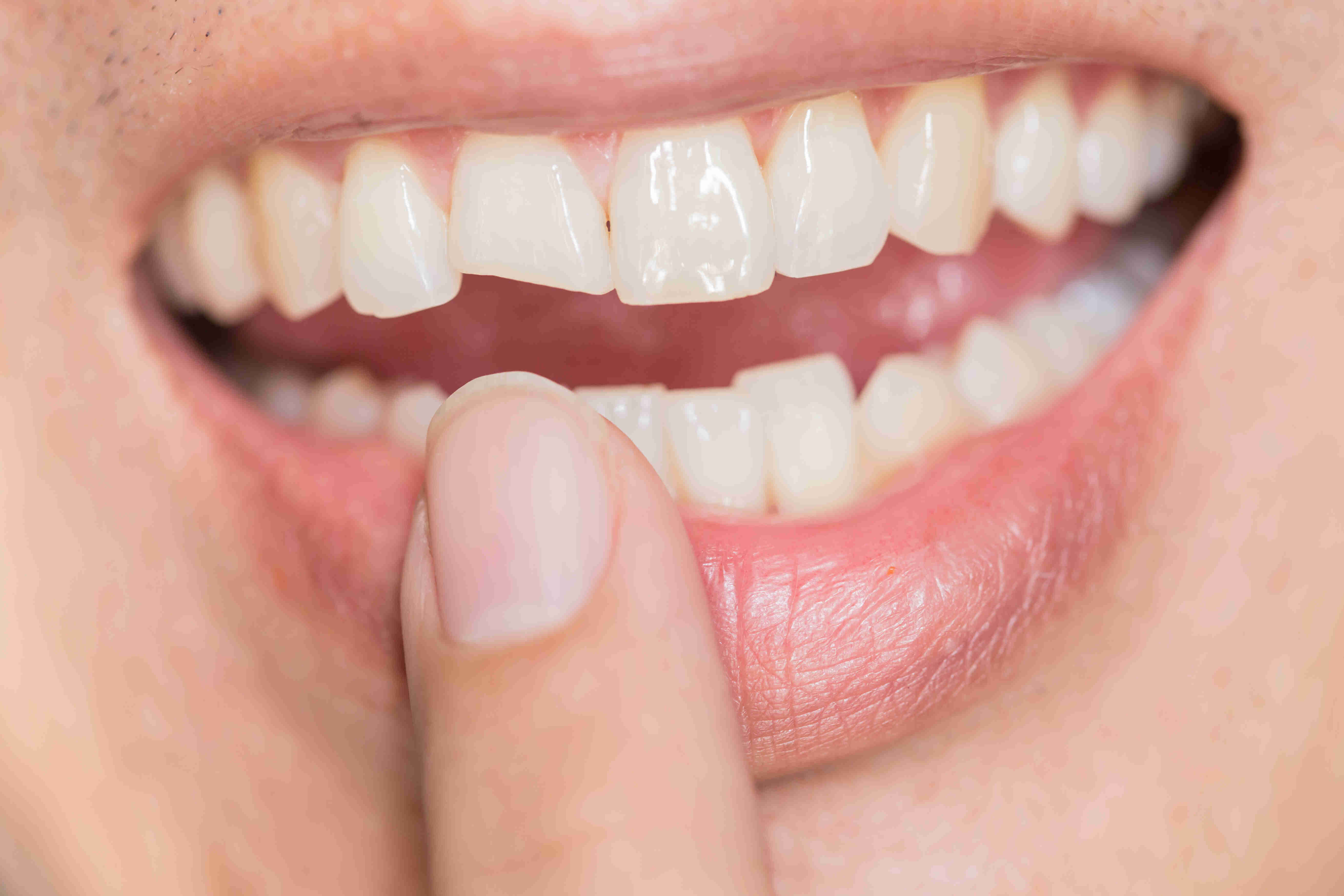
5. Removable Gum Veneers
A cosmetic, non-invasive solution using acrylic or silicone to cover significant gum recession. They are comfortable, realistic, and easily removable for cleaning, providing an immediate aesthetic boost.
5. Removable Gum Veneers
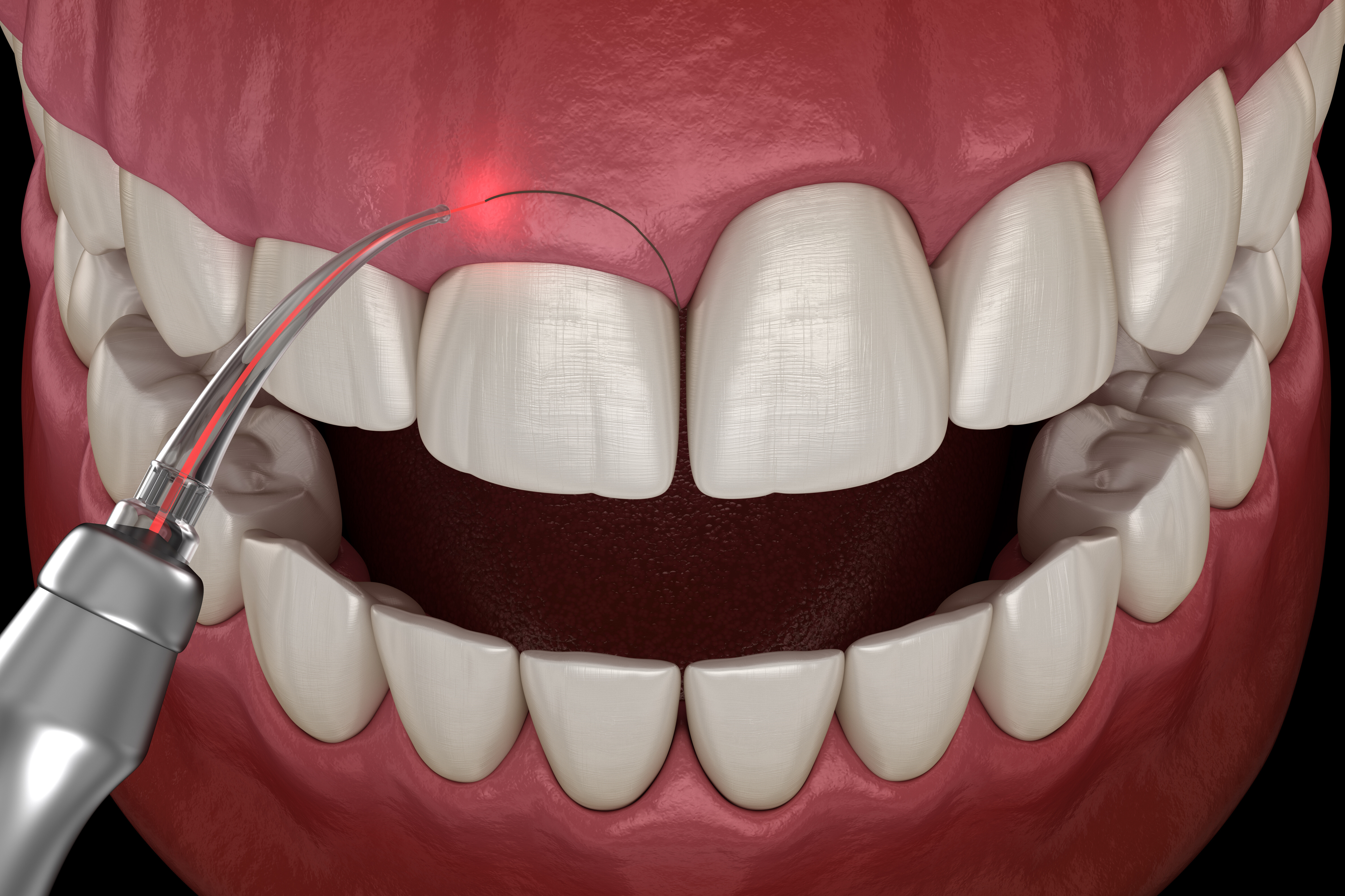
6. Desensitizing Agents and Varnishes
Applied to minimise the sensitivity of exposed roots, these treatments offer immediate relief by creating a protective barrier, making daily oral hygiene less painful.
6. Desensitizing Agents and Varnishes
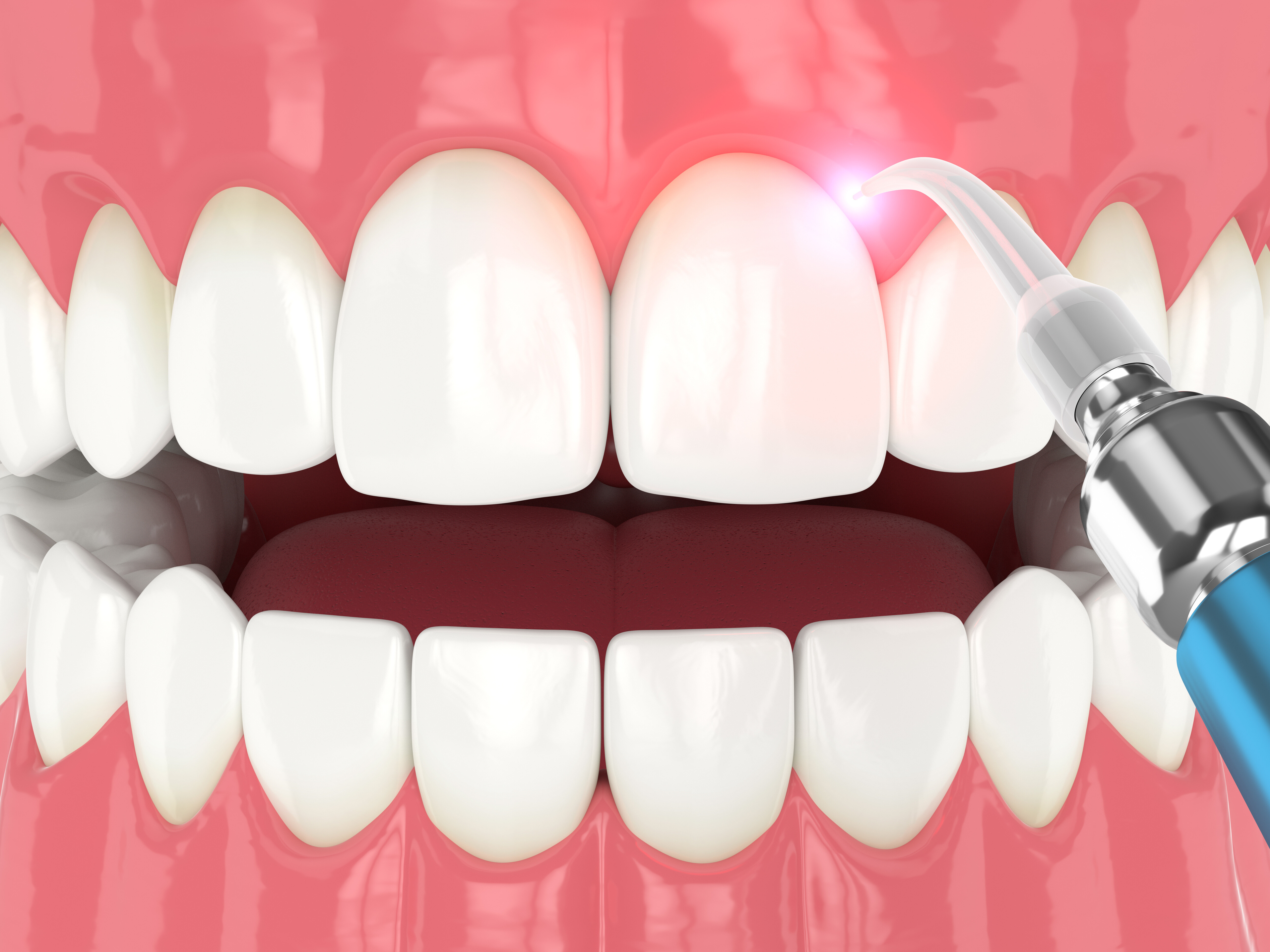
7. Pink Porcelain or Composite
Custom-designed to match gum colour, filling in gaps from gum recession. These durable materials blend with natural teeth for a seamless, healthier-looking smile.
7. Pink Porcelain or Composite
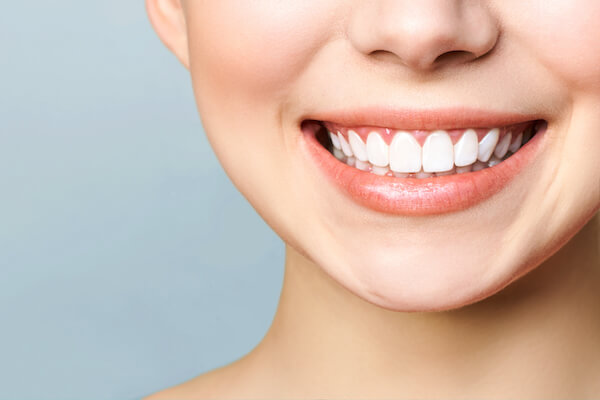
8. Topical Antibiotics
Directly applied to the gums to combat bacterial infections, often used with deep cleaning procedures to reduce inflammation and promote healthier gums.
8. Topical Antibiotics

9. Medications
Includes a variety of treatments like antiseptic chips post-deep cleaning, antimicrobial mouthwash for reducing bacteria levels, and enzyme suppressants to block gum tissue breakdown, tailored to combat the underlying causes of gum recession.
9. Medications
.jpg)
| Gum Recession Stage | Surgical Treatments | Non-Surgical Treatments |
|---|---|---|
| Early | Not typically required |
Improved oral hygiene practices, Desensitizing agents, Orthodontics |
| Moderate | Not typically required |
Deep cleaning (scaling and root planing), Orthodontics, Dental Bonding |
| Advanced | Pinhole Gum Rejuvenation |
LANAP, Orthodontics, Desensitizing agents |
| Severe | Gum grafting, Pinhole Gum Rejuvenation |
Not applicable |
Note: Topical antibiotics and various medications are used across different stages of gum recession to manage bacterial infection and inflammation. Their application is tailored to the individual's condition and can accompany both surgical and non-surgical treatments to enhance outcomes and support gum health.
Causes of Receding Gums
- Genetic Susceptibility: A significant portion of the population is genetically predisposed to gum disease, affecting gum health despite diligent oral care.
- Aggressive Brushing: Incorrect brushing technique can wear away enamel and lead to receding gums.
- Insufficient Dental Care: Neglecting proper brushing, flossing, and antibacterial rinsing allows plaque to harden into tartar, necessitating professional cleaning.
- Hormonal Changes: Women may see gum sensitivity increase during hormonal fluctuations, making gums more prone to recession.
- Tobacco Use: Smokers and tobacco users face a higher risk of stubborn plaque and gum recession.
- Teeth Grinding: Excessive force from grinding can cause gums to recede.
- Crooked Teeth/Misaligned Bite: Irregular force distribution from misaligned teeth can lead to receding gums.
- Oral Piercings: Jewellery in the lip or tongue can irritate and wear away gum tissue.
- Health Conditions: Conditions like diabetes and HIV, along with certain medications causing dry mouth, heighten the risk for receding gums due to reduced saliva and increased vulnerability to bacterial infections.
- Age and Gender Factors: Receding gums predominantly affect adults over 40, often misinterpreted as a normal ageing process, with a higher incidence in men than women.
- Trauma to Gums: Physical injuries or trauma to the gum tissue can also contribute to the recession, adding to the complexity of its causes.
Symptoms of Receding Gums
- Visual Indicators: Gums visibly receding, creating gaps between teeth and altering gum tissue's appearance.
- Tooth Sensitivity: Teeth becoming more sensitive to hot, cold, and sweet stimuli, hinting at underlying gum issues. Sensitivity may also occur during dental cleanings.
- Gums Bleeding and Grinding: Gums bleed with brushing or flossing; nocturnal teeth grinding may signal recession.
- Gum Inflammation: Gums appear red and swollen, often a sign of irritation.
- Odour: Persistent bad breath can accompany gum recession.
- Gum Pain: Discomfort or pain localised at the gum line.
- Tooth Root Exposure: Receding gums may reveal tooth roots.
- Tooth Mobility: Teeth may become loose, further indicating advanced gum recession.
Diagnosing Gum Recession
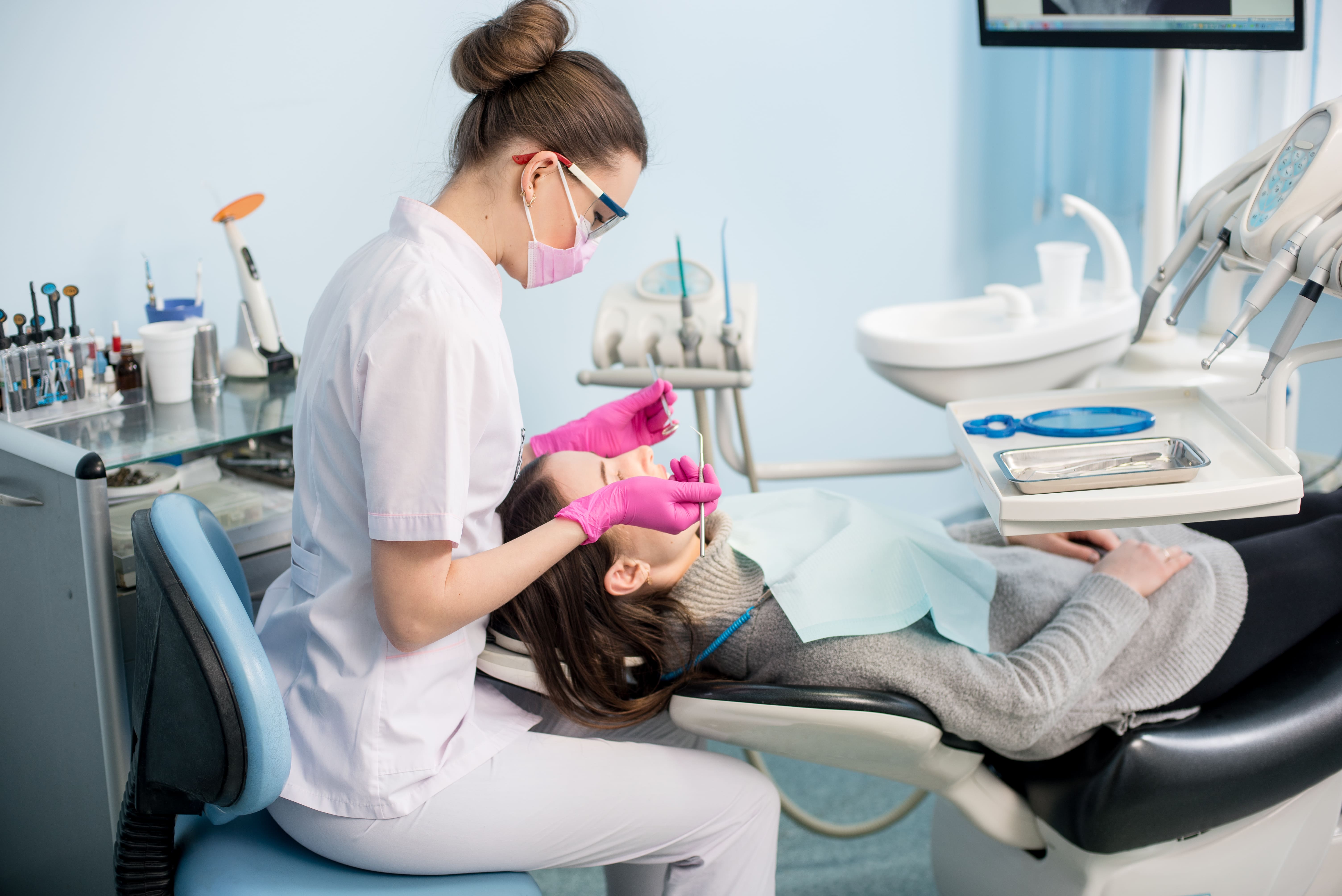
These diagnostic tools and techniques enable dental professionals to accurately assess gum recession and devise appropriate treatment plans.
- Visual Examination: Dentists start with a visual inspection of the gums for signs of recession, such as exposed tooth roots and changes in gum line.
- Dental Probes: Utilise periodontal probes to measure pocket depths around teeth, assessing the extent of gum recession.
- Gingival Probing: Measures the gap between the gum line and where the gum tissue firmly attaches to the tooth, indicating recession severity.
- Digital X-rays: Provide images of the bone structure beneath the gums to evaluate bone loss associated with gum recession.
- Intraoral Cameras: Allow for a detailed view of the teeth and gums, aiding in identifying recession not visible to the naked eye.
- Periodontal Charting: Documents the health status of teeth and gums over time, tracking recession progression.
- Patient History Review: Assessing habits such as brushing technique, tobacco use, and previous orthodontic treatment that may contribute to recession.
Discover compassionate treatments tailored to you at Nuffield Dental. Contact us for a consultation today.
Receding Gums Risks
- Increased Tooth Sensitivity: Having sensitive teeth might indicate that the enamel on your teeth is wearing down, or that your gums are already receding, exposing the more sensitive parts of your teeth.
- Higher Cavity Risk: Exposed tooth roots are more prone to decay.
- Aesthetic Concerns: Receded gums can alter the appearance of your smile.
- Teeth Loosening: Recession can weaken the support for teeth, potentially leading to loss.
Receding Gum Complications
- Severe Tooth Decay: Without the protection of gums, roots are vulnerable to aggressive decay.
- Periodontal Disease: Recession can be both a cause and a symptom of gum disease, worsening oral health.
- Infection: Exposed roots are susceptible to bacterial infection, leading to further gum damage.
- Bone Loss: Advanced gum recession can lead to the deterioration of jawbone, complicating future dental interventions.
Preventing Gum Recession
- Practise good oral hygiene: Brush twice a day with a soft-bristled toothbrush; floss daily.
- Use the correct brushing technique: Gentle circular motions, avoiding aggressive or harsh scrubbing.
- Choose the right toothpaste: look out for ingredients such as fluoride, hydroxyapatite for enamel repair, potassium nitrate for sensitivity, xylitol to combat decay, and calcium phosphate technologies for remineralisation.
- Regular dental check-ups: Professional cleanings prevent plaque and tartar buildup.
- Quit smoking: Tobacco use is a significant risk factor for gum disease.
- Correct misaligned teeth or grinding: Misalignment or bruxism can put extra force on teeth, exacerbating recession.
- Limit sugary foods and acidic drinks: Reduces risk of tooth and gum issues.
- Stay hydrated: Promotes saliva production, protecting gums.
- Use a therapeutic mouthwash: Helps reduce plaque and can remove food particles.
- Manage stress: High stress can weaken the immune system, making it harder to fight off infections including gum disease.
Cost of Receding Gums Treatment
- Gum treatment costs can vary based on the severity and specific procedures needed.
- Deep cleaning (e.g. root planing) typically ranges from $185.30 to $327.00.
- Periodontal surgery (e.g. gum grafting) costs approximately $327.00 to $436.00.
- Regenerative procedures (e.g. pinhole gum rejuvenation) are available starting from $970.
Are There Subsidies For Receding Gums Treatment in Singapore?
- CHAS (Community Health Assistance Scheme) provides subsidies for medical and dental care.
- CHAS Orange and CHAS Blue cardholders can enjoy dental subsidies, including for gum treatment.
- Pioneer Generation and Merdeka Generation status also offer subsidies for selected dental procedures.
- Dental insurance policies can also cover treatments for receding gums, depending on the plan's coverage details.
The Team of Gum Specialists At Nuffield Dental
- At Nuffield Dental, our dentists are skilled and qualified, but it doesn’t stop there. All our dentists have to complete ‘Continuing Professional Education’ requirements to be registered with the Singapore Dental Council.
- We insist on our dental nurses having official staff training four times a year.
- We provide Dental Surgery Assistant (DSA) training for all staff to familiarise them with theoretical terms as well as practical experience with dental instruments, equipment, and treatments.
Feel free to consult us to discuss the best way to fix your dental problem or that of your family. If you have any questions, we’d love to hear from you!
Our Team of Dentists at Nuffield Dental
Gum treatment at Nuffield Clinic is conducted by our dental specialists, who are adept at solving problems of any complexity. Here are two names to look out for:
Gum Disease Treatment: Before and After Photos
We wouldn’t want to spoil the surprise up front. Drop by our clinics to view the before-and-after photos of our satisfied clients.
FAQs
Are Receding Gums Reversible?
Receding gums can be improved with better oral hygiene and professional care, especially if due to poor hygiene or minor tissue damage. However, reversing the effects completely may be difficult when caused by severe periodontal disease or genetics. In the latter case, surgery may be necessary.
How Many Treatments Will I Need For Receding Gums?
For mild receding gums, one to two deep cleaning treatments, like scaling and root planing, might suffice. Moderate to severe cases could require surgical intervention, possibly one or two surgeries, depending on the extent of the issue and healing outcomes.
Can Retainers Cause Receding Gums?
Yes, retainers such as Invisalign can potentially contribute to receding gums if not used properly or if oral hygiene is neglected.
Can I Get Braces if My Gums Are Receding?
Yes, you can get braces if your gums are receding, but addressing the underlying cause of the recession is crucial first.
Can Natural Remedies Cure Receding Gums?
Some natural remedies, such as tea tree oil or aloe vera, may help soothe gingiva and reduce inflammation, but their effectiveness has not been scientifically proven. For effective treatment, consult a dentist for professional advice.
What Foods Should I Avoid if I Have Receding Gums?
Steer clear of sodas, candies, citrus fruits, and hard snacks like chips to prevent further gum irritation and damage.
How Often Should I Visit the Dentist if I Have Receding Gums?
Regular dental visits, at least every six months or as recommended by your dentist, are recommended. This helps significantly reduce the risk of developing pathology and maintain the condition of your gums.
How Does Smoking Affect Receding Gums?
Nicotine and other chemicals in tobacco can degrade tissues and reduce blood flow, leading to their recession and worsening the overall health of the oral cavity.
What Role Does Genetics Play in Receding Gums?
Genetic factors can predispose individuals to developing the problem. For instance, a thin or weak gingiva structure may be inherited and increase the risk of recession.
Medical References
Broomhead, T., et al. (2022). Gum health and quality of life—subjective experiences from across the gum health-disease continuum in adults. BMC Oral Health, 22(1). https://doi.org/10.1186/s12903-022-02507-5
Imber, J., & Kašaj, A. (2021). Treatment of gingival recession: when and how? International Dental Journal, 71(3), 178–187.https://doi.org/10.1111/idj.12617
Kašaj, A. (2018). Etiology and prevalence of gingival recession. In Springer eBooks (pp. 19–31). https://doi.org/10.1007/978-3-319-70719-8_3

Book an Appointment
Fill out the form for any request or questions you have and we will contact you within one working day..


Why Choose Nuffield Dental?
Nuffield Dental is a one-stop, multi-disciplinary dental care centre in Singapore. At Nuffield, we put you first. We believe in providing personalised service for each patient.
Nuffield Dental is a one-stop, multi-disciplinary dental care centre. Here at Nuffield Dental, we pride ourselves of our personalised oral care for each and every one of our patients. We need to make sure you get all the help you need to make your dental procedures comfortable, accessible and seamless.
Our dentists have been accredited in gum treatment and oral surgery for 20+ years. We have accredited dental providers who are skilled in the area of dental implant surgery.
Articles
The newest and best lifestyle articles selected by our editorial team.
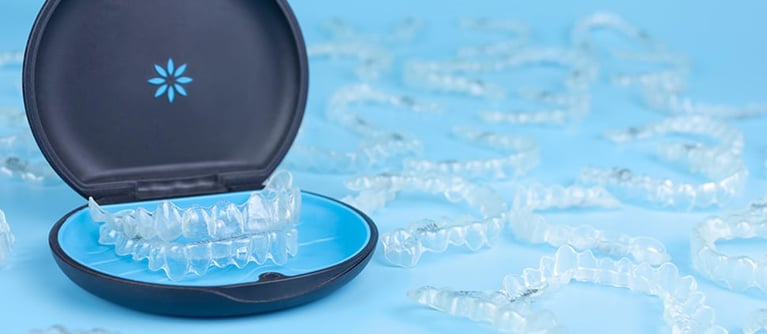
- 4 Jan 2023
- 4 mins read
- Cosmetic Dentistry, invisalign, zenyum, invisible braces, clear aligners
Traditional braces have done wonders for millions of people around the world, but the new generation of clear aligners are here to step up the game....
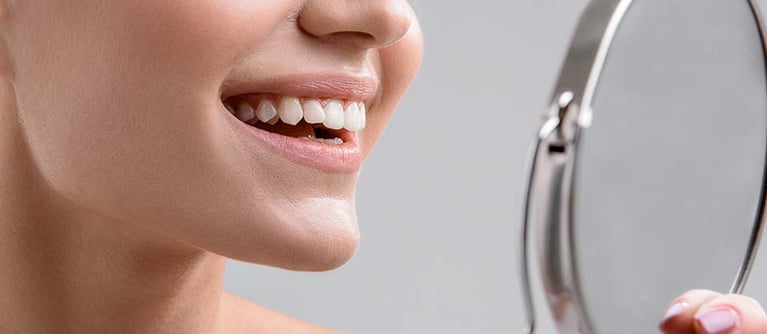
- 21 Dec 2022
- 4 mins read
- Dental Veneers, veneers, dental crown, tooth crown
What are Veneers? Veneers are thin, tooth-coloured layers that are applied to the surface of teeth to improve their appearance. It is a painless...

- 1 Dec 2022
- 4 mins read
- Dental Veneers, teeth whitening, Cosmetic Dentistry, veneers, composite veneer bonding
What is cosmetic dentistry? Not blessed with straight, pearly white teeth? Cosmetic dentistry can give you that healthy, confident smile! This dental...
.png?width=2223&height=447&name=Background%20(4).png)

.jpg)


